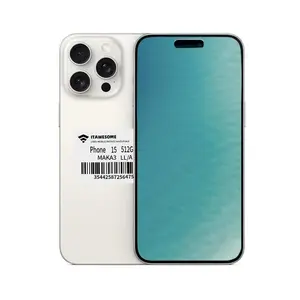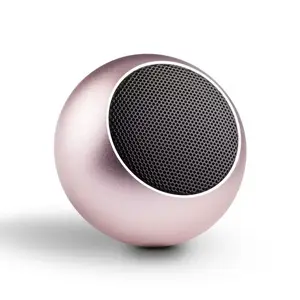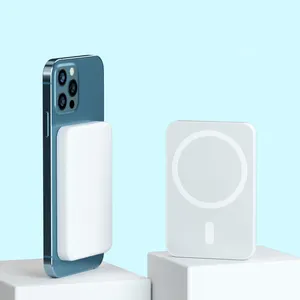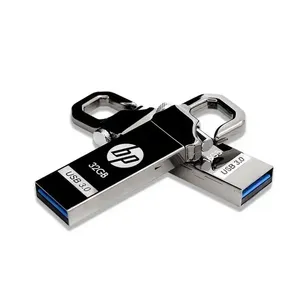Popular in your industry

































































Related Searches:





























































































































Top categories
About right angle displayport cable
A right-angle DisplayPort cable is a specialized connector cable used to link a DisplayPort (DP) interface to an electronic device, such as a computer monitor, television, or projector. The unique feature of this cable is the presence of a 90-degree DisplayPort adapter at one or both ends, allowing for a sharp 90-degree bend before the cable extends horizontally or vertically from the connector. This design facilitates efficient cable management, especially in tight spaces, by reducing strain on the port and minimizing unsightly cable protrusion.
Benefits of a Right-Angle DisplayPort Cable
One of the key advantages of a right-angle DisplayPort cable is enhanced cable management. The 90-degree design allows the cable to neatly hug the edge of the connected device or fit snugly against the wall. This feature is particularly useful in scenarios where space is limited, such as when mounting a monitor on a wall or creating a clean and organized workspace. The right-angle connector also minimizes the risk of accidental disconnection and reduces strain on the cable and port. Additionally, the angled orientation prevents the cable from sticking out, contributing to a streamlined and clutter-free environment. The presence of a right-angle DisplayPort cable can improve the overall aesthetics of the setup in both home and office settings.
Common Applications of Right-Angle DisplayPort Cables
A right-angle DisplayPort cable is frequently used in various settings where efficient cable management and space optimization are crucial. In home entertainment systems, these cables can be employed to connect a monitor or a television to other audiovisual equipment, such as gaming consoles or set-top boxes. The 90-degree bend helps in achieving a clean and organized look. Moreover, right-angle DisplayPort cables find utility in office environments, especially in setups with multiple monitors. By using these cables, users can create a more ergonomic workspace by reducing cable clutter and maintaining a tidy appearance.
When selecting a right-angle DisplayPort cable, users should consider the specific version of the DisplayPort interface required for their devices. DisplayPort standards evolve to offer higher resolutions and refresh rates. Therefore, ensuring compatibility with the source and display devices is essential. Moreover, users must pay attention to the length of the cable to meet their setup requirements. A cable that is too short may limit flexibility, while an excessively long cable can lead to cable clutter. Lastly, opting for well-reviewed and certified cables can help ensure quality and reliability in performance.
































































